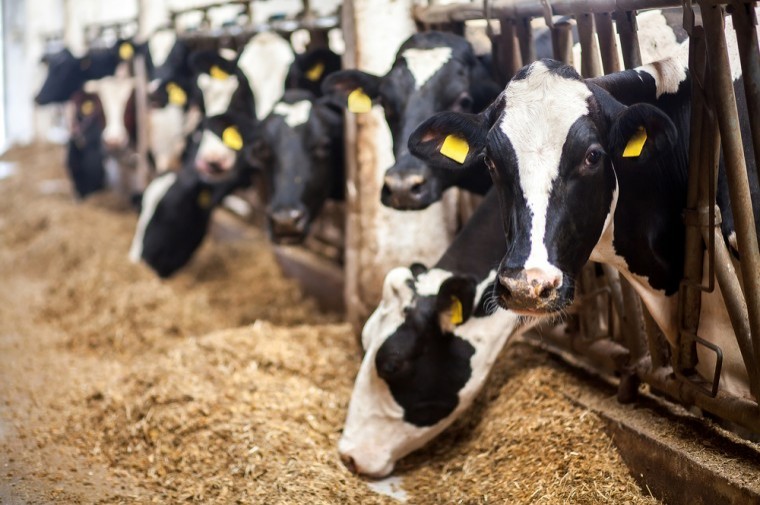“In some areas of the country farmers are seeing cows coming in from grass with a lower than ideal body condition score (BCS) and this could be detrimental to performance,” explains Bethany May, ruminant nutritionist at Trident Feeds.
“Grass energy levels were below average for most of the grazing season and during the latest months, maintenance requirements were not being met,” she adds.
“What’s more, grazing of this lower quality grass continued later than normal due to the mild weather and there’s been limited supplementary feeding due to low milk prices.
“Due to this, many cows may be entering the winter housed period with an energy deficit and in poor condition.
“This challenge is also compounded by this year’s first and second cut grass silages, which are averaging 0.2-0.4MJ ME/kg DM less than last year, plus potentially poorer quality cereals in some regions.”
Once housed on full rations, Bethany explains that cows will prioritise regaining body condition ahead of milk output, with fertility, lameness and milk protein also suffering if energy deficits remain uncorrected.
“Producers need to start by scoring all cows for body condition and if cows aren’t above BCS 2.5 at peak lactation and on track to reach BCS 3.0 before drying off, then additional energy is needed to minimise the potential negative impacts.
“One of the best options is to add a high energy liquid, such as Spey Syrup, to the ration. This can raise the energy density and protein level of the ration, greater than cereals, as well as improve palatability and therefore drive dry matter intake (DMI).
“To increase the energy density significantly, consider supplementing with protected fats such as Golden Flake which will also help maintain body condition and boost fertility.”
Bethany urges producers to act quickly to adjust rations if they want to meet winter targets and minimise long term impacts to their herd.




